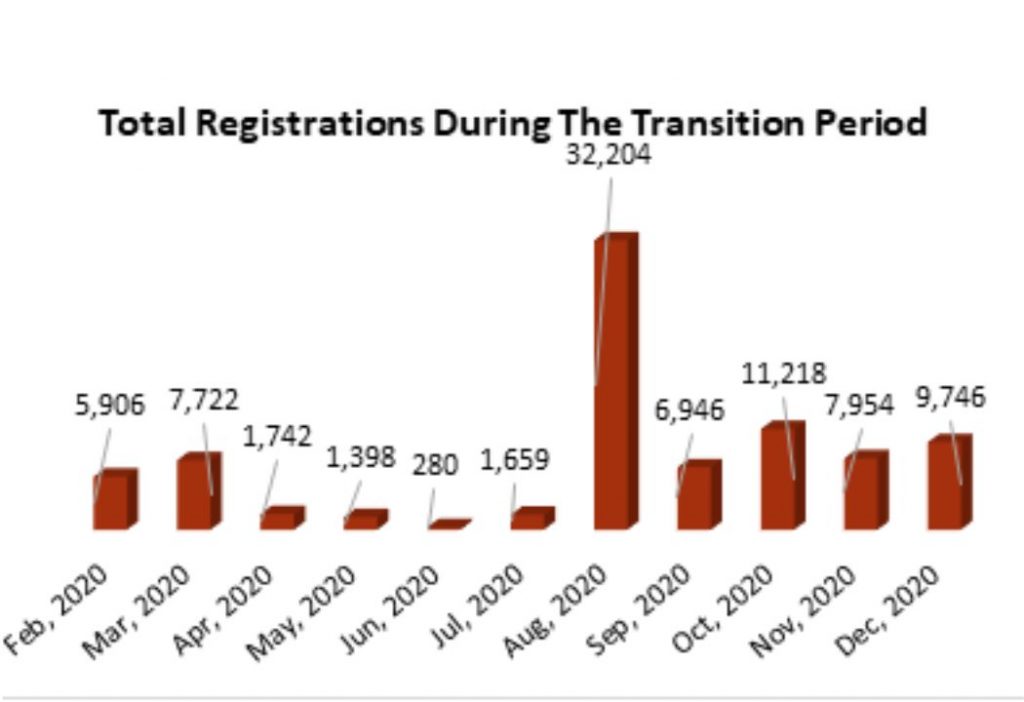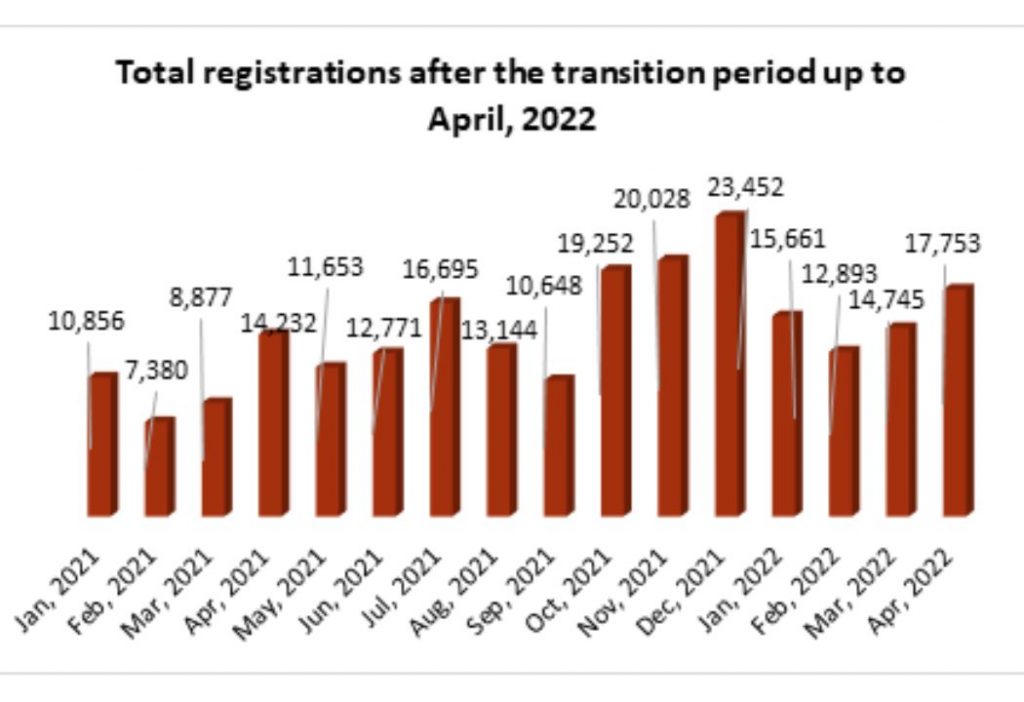Creating & Numbering the Comparable UK Trademark:
Generating the equivalent UK trademarks in the UK register, for all protected international (EU) trademark designations and the creation of comparable trademarks are free of charge to the owner of the international trademark.
After January 1, 2021 (completion of the transition period), international trademark registrations protected in the EU under the Madrid Protocol are no longer be protected in the UK.
The initial foreign registration may be contested, assigned, licensed, or renewed separately from each new UK right, which will be considered as if it were sought for and registered in accordance with UK law.
The filing and registration dates of a similar trademark will coincide with the date of international registration if the EU was specified in the respective international application and future UK renewals will also take place on this date.
The final 8 digits of the international (EU) trademark with the prefix UK008 is used as the number assigned to the comparable trademark to identify UK rights derived from international registrations and identify them apart from already registered UK trademarks.
The following examples demonstrate how comparable UK trademarks will be codified:







